Laser Laboratory
Credit: Claudiu Gradinaru
Lasers and ultrasensitive custom-built microscopes are used to capture the intricate choreography of biomolecules at the single molecule level. Protein structure and dynamics is measured with nanometer accuracy and on time scales from nanoseconds to minutes, providing unique insights into biological function and the design of novel therapeutics.
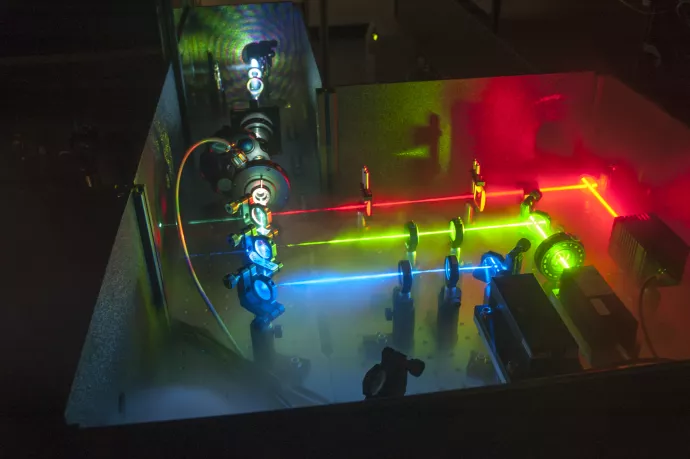
Kongur Shan, Western China
Credit: Lindsay Schoenbohm
Looking south toward the Kongur Shan massif, with the Muztagh Ata massif visible in the distance. Both lie in the footwall of the Kongur extensional fault system that accommodates east-west spreading of the Pamir Mountains. Kyrgyz settlement visible in the foreground.
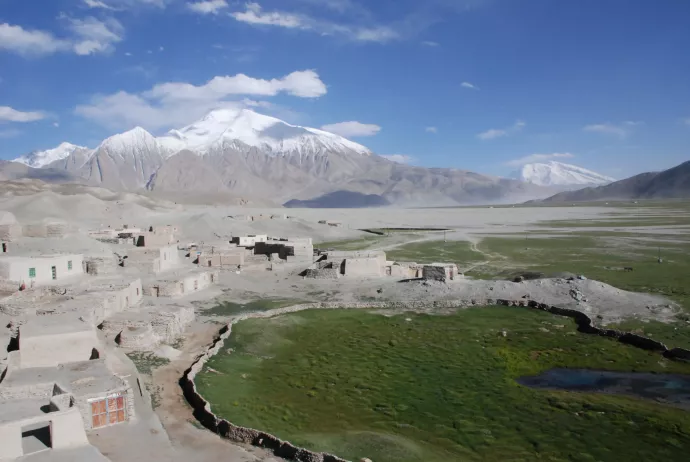
A Nanocrystal Garden
Credit: Alana Ogata
The following are false-colored micrographs of micro- and nano-crystals imaged by scanning electron microscopy. Crystals can form with diverse structures and hierarchical morphologies that enable optimal properties for applications like sensor development, drug delivery, and sustainable materials. Electron microscopy provides high resolution imaging, due to the use of an electron source, that enables scientists to clearly see nanoscale features and visualize these tiny gardens.
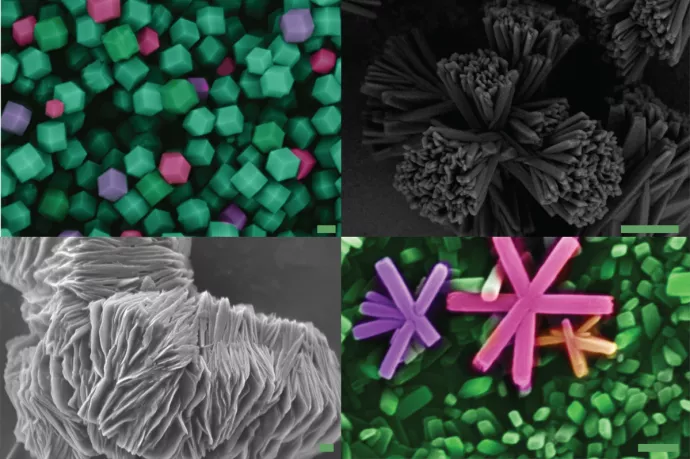
Doped Nano-Diamonds
Credit: Ulrich Fekl
Quantum chemistry elucidates spin and magnetism in doped nano-diamonds.
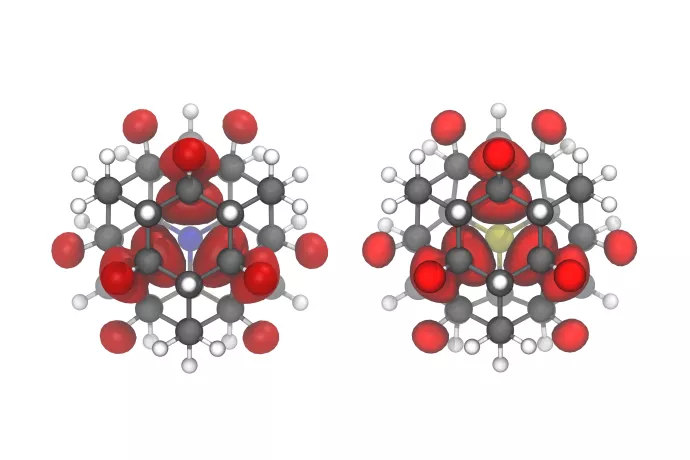
Borgeau Thrust above Banff
Credit: Sheila Ballantyne
Students learn about the Front Ranges of the Canadian Rockies above the town of Banff, with the Borgeau thrust sheet in the background.
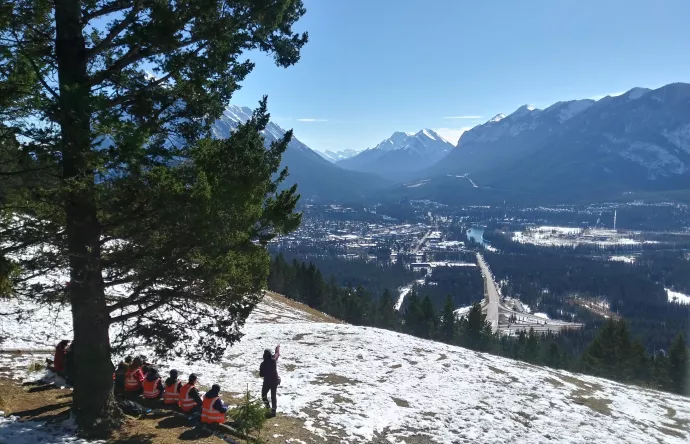
Arctic Sea Ice
Credit: Jochen Halfar
Drinking water collection during a research expedition to the remote coastline of northern Greenland. Meltponds forming on top of drifting pieces of sea ice provide easy access to freshwater for refilling tanks of the small research vessel 'Vagabond'. Image taken during a 6-week diving expedition to sample coralline algae for paleoclimate research.
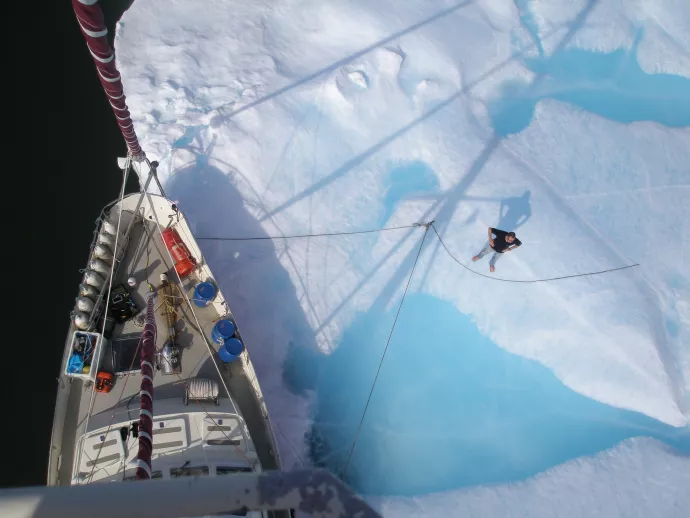
Coccus Morphology – E. coli
Credit: Josh Milstein
Two strains of E. coli bacteria, artificially induced to display a coccus or round morphology and distinguished by expression of a red or green fluorescent protein, competing for space within a nanofabricated environment.
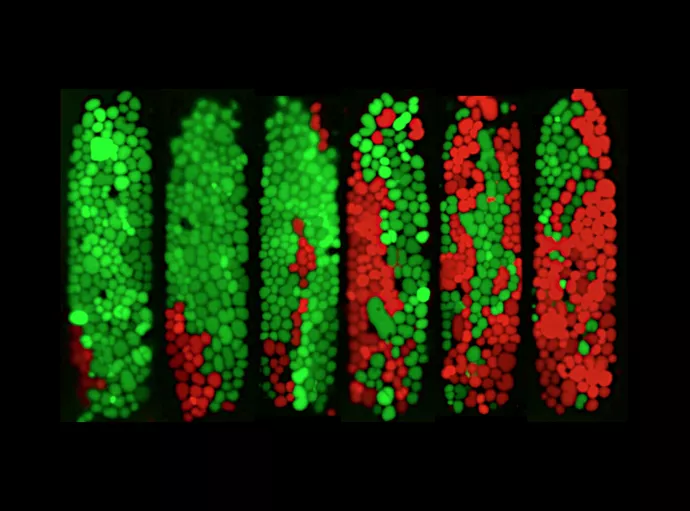
Mini Planetary System
https://www.jpl.nasa.gov/images/pia15257-mini-planetary-system-artist-concept
Artist’s concept depicting a compact planetary system. Using data from NASA’s Kepler mission and ground-based telescopes, astronomers confirmed that the KOI-961 system hosts the three smallest exoplanets know so far to orbit a star other than our sun. The star, which is located about 130 light-years away in the Cygnus constellation, is a red dwarf. All three planets are small, between the Earth and Mars in radius, and orbit the star in less than two days.
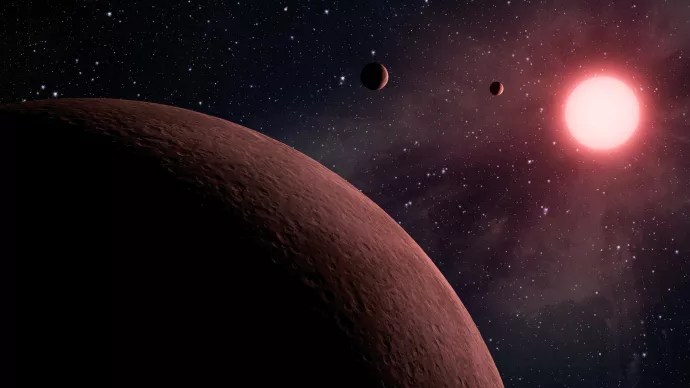
Mistaken Point, Newfoundland
Credit: Marc Laflamme
Rocky coastline of the UNESCO World Heritage Site at Mistaken Point in Newfoundland. These marine rocks date to the Ediacaran Period, 580-560 million years ago, and contain the oldest known animal fossils in the world.
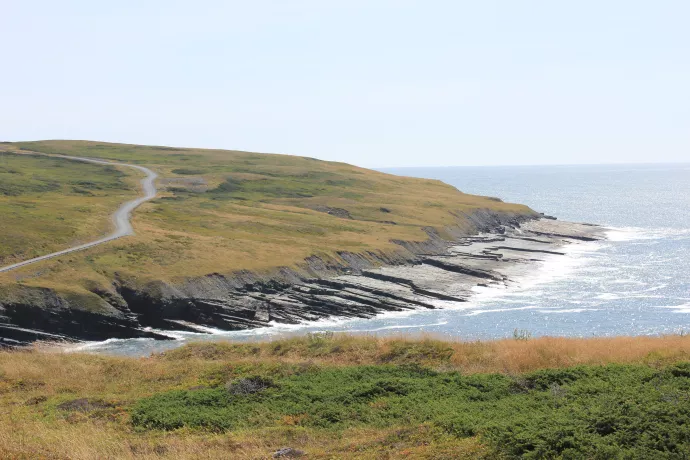
Frankenproteins
Credit: Jumi Shin
Designer frankenproteins bind to DNA and inhibit the Myc/Max/E-box network involved in over 70% of all cancers. Such proteins could serve as the next-generation pipeline of anti-cancer drugs!
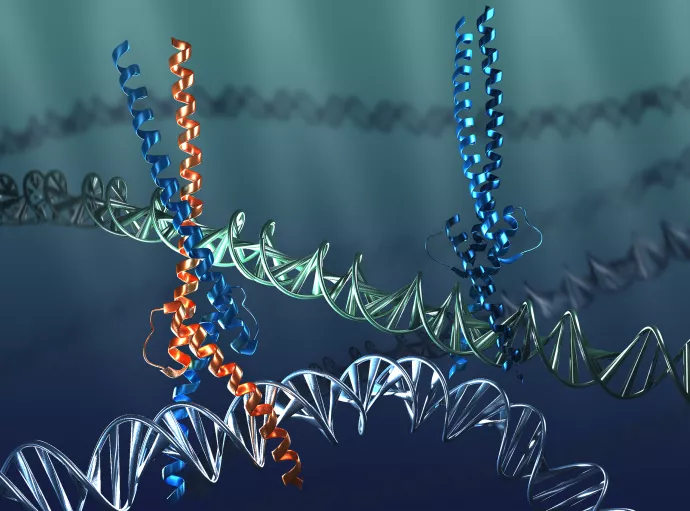
Nakadake Volcanic Cone, Japan
Credit: Paul Ashwell
Mist clouds envelope the flank of Nakadake, one of the volcanic cones of Mt Aso, Kyushu, Japan. Each of the layers of volcanic ash represents a single pulse of an eruption; the view here represents tens of thousands of years of eruptions from one of Japan's most active volcanoes.
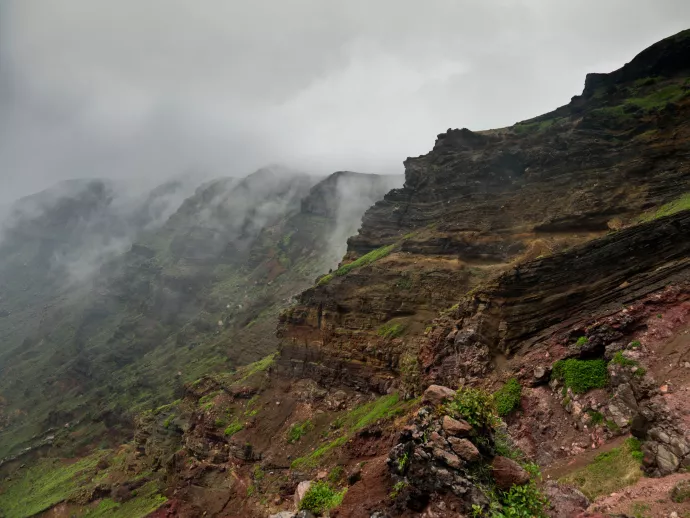
Namib Desert
Credit: Marc Laflamme
Moonrise over cliffs in southern Namibia where the oldest animal reefs flourished some 540 million years ago.
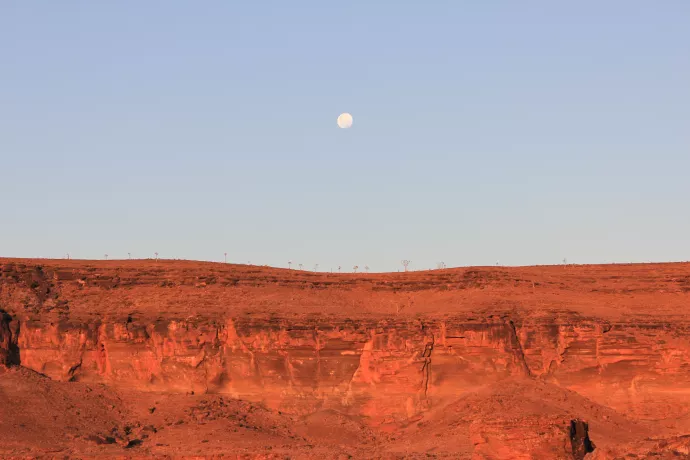
Nares Straight
Credit: Kent Moore
High resolution satellite image of the Nares Strait ice arch in June 2021. These arches span a 100km and remain stable for months at a time. The region of open water south of the arch is the North Water. The Arctic’s largest and most productive polynya (region of open water surrounded by ice). There is also a small polynya on the LHS of the image. There is archeological evidence that this polynya has been used for 1000s of years as a hunting ground for Inuit and proto-Inuit.
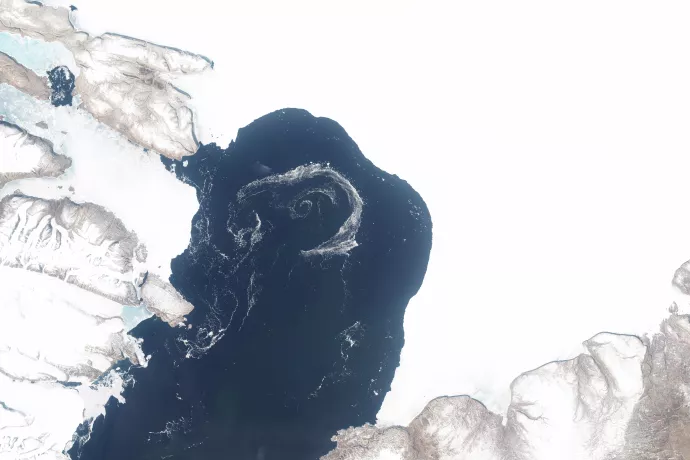
SARS-CoV-2
Credit: Ethan Lee
This is a network representation of the SARS-CoV-2 main protease. Each residue is assigned a node and is linked to other nodes based on their proximity during molecular dynamics simulations. The red and blue portions show the two protomers that make up the homodimer.
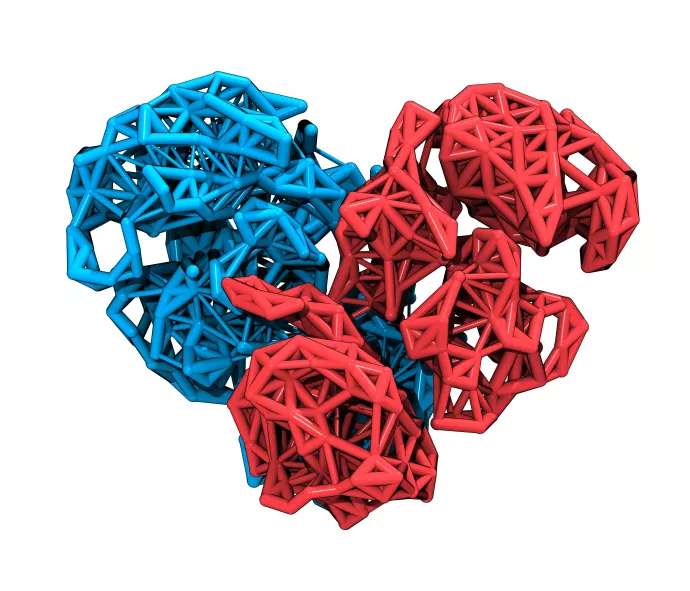
Spitsbergen Coraline Algae
Credit: Jochen Halfar
The submersible 'Jago' collecting crustose coralline algae on the Arctic seafloor off the island of Spitsbergen at 80°N. Coralline algae are calcified marine plants that contain annual growth layers that can be used similar to tree rings for reconstructing climate during the last millennium.
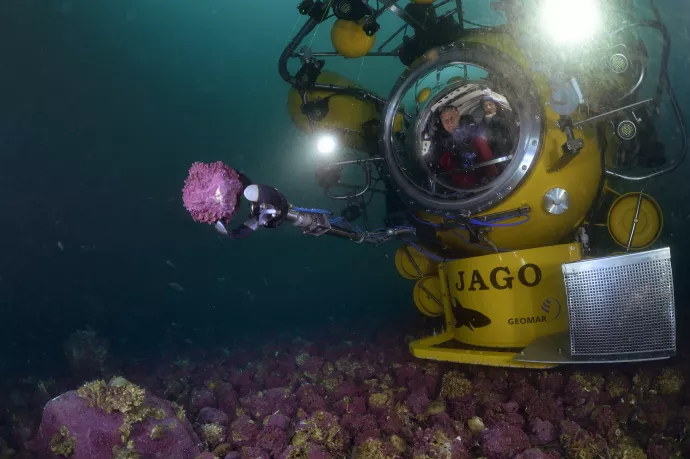
STAT5b Structural Ensembles
Credit: Liam Hass-Neill
Structural ensembles are shown for a domain of the protein STAT5b in different conditions, as well as with and without an oncogenic driver mutation.
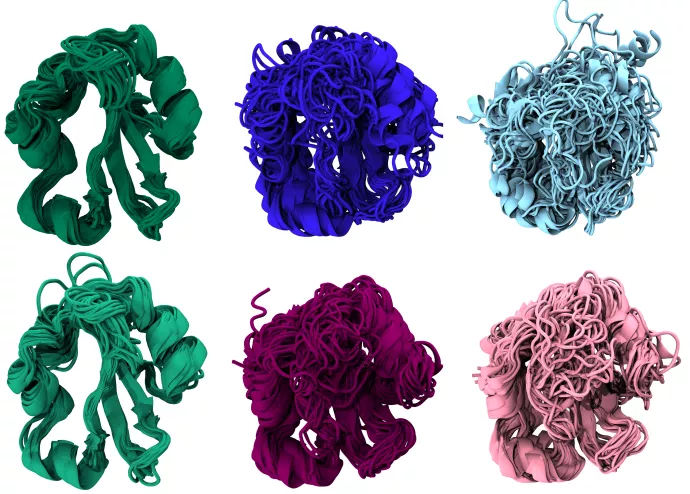
test
